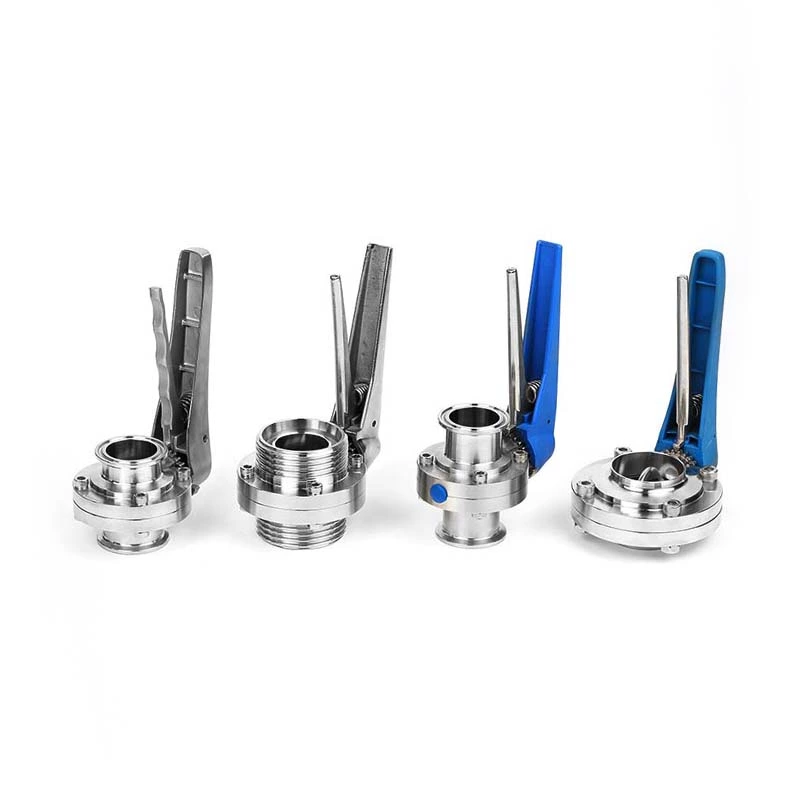The Difference Between The Production Process Of Sanitary Butterfly Valves And Sanitary Stainless Steel Pipes
The difference between the production process of Sanitary Butterfly Valve and sanitary stainless steel pipes
The difference between the production process of sanitary valves and stainless steel sanitary pipes. The production process of industrial pipes is relatively simple and the production cost is low. So the price is different.
1. Process flow of sanitary butterfly valve
Tube blank - inspection - peeling - inspection - heating - perforation - pickling - grinding - lubrication and air drying - welding head - cold drawing - solution treatment - pickling - pickling passivation - inspection
2. Process flow of sanitary stainless steel pipe:
Tube blank - inspection - peeling - inspection - heating - perforation - pickling - grinding - lubrication and air drying - welding head - cold drawing - solution treatment - pickling - pickling passivation - inspection - cold rolling - degreasing - cutting - air drying - internal polishing - external polishing - inspection - marking - finished product packaging
Sanitary butterfly valve
Product features (SPECIALTY)
Bright annealing (BA);
Strict tolerance as customer required.
TOLERANCE RANGE
GB/T3639 GB/T8713
Roughness (ROUGHNESS) Internal roughness: Ra ≤ 0.6μm
External roughness: Ra ≤ 0.08μm
Can be produced according to customer requirements
Specification range (SIZE RANGE)
Outer diameter: 6mm-159mm
Inner diameter: 1mm-5mm310S stainless steel pipe factory scrap rate statistical process
Corrosion resistance includes rust resistance and resistance to corrosive media such as acids, alkalis, salts, and resistance to oxidation, sulfidation, chlorination, fluoridation, etc. at high temperatures. Since the selection of different stainless steels is mainly to solve various corrosion problems encountered in actual projects, the corrosion resistance of stainless steel in a corrosive environment is the first thing that material selectors need to consider. Corrosion is the damage caused by chemical or electrochemical action between metals and media, and corrosion resistance refers to the ability of stainless steel to resist corrosion damage by media. Therefore, when corrosion resistance is involved in material selection, the following points need to be noted.
1. The standard of corrosion resistance is determined by humans. It is necessary to recognize and use it, but it cannot be constrained by it. The specific standard of corrosion resistance should be determined according to specific use requirements. At present, the corrosion resistance of stainless steel is mostly based on the 10-level standard. The selection of which level as the corrosion resistance requirement should take into account the characteristics of the equipment and parts (thickness, size), service life, product quality (such as impurities, color, purity), etc. Generally speaking, for equipment and components that require a smooth mirror surface or precise dimensions during use, 1~3 level standards can be selected; for equipment that requires close cooperation, long-term leakage or requires a limited use time, components can be selected from 2~5 levels; for equipment that does not require high maintenance or does not require a very long life, components can be selected from 4~7 levels. Except for special exceptions, stainless steel with an annual corrosion rate of more than 1mm under the conditions of use is generally not selected. It should be pointed out that the 10-level standard is not applicable when local corrosion occurs.
